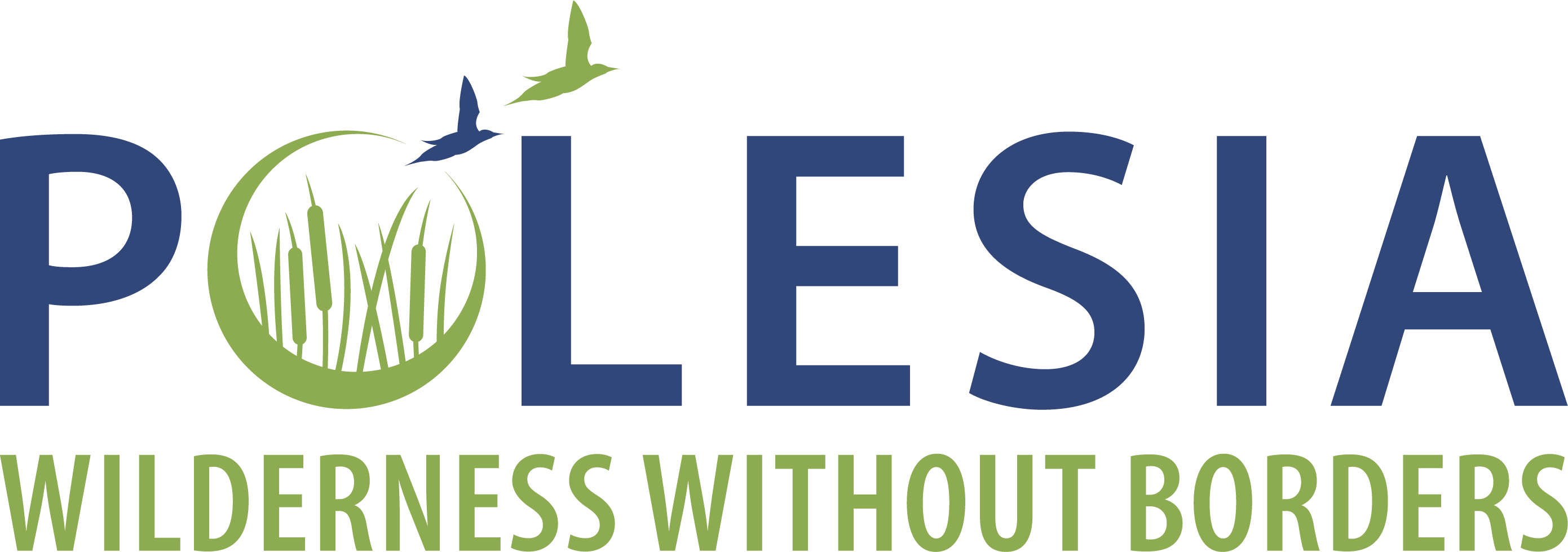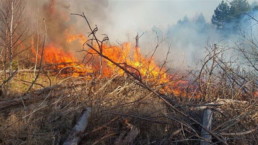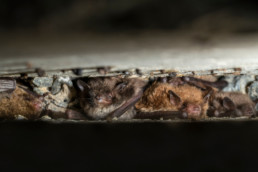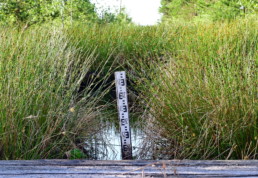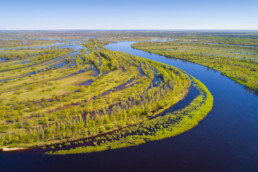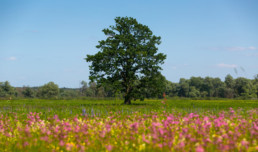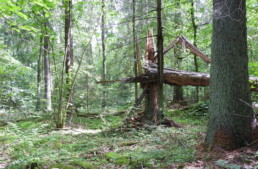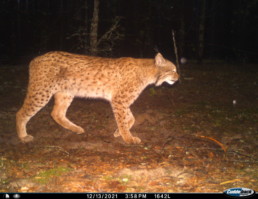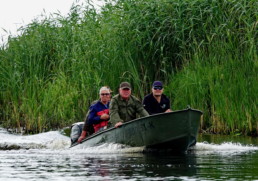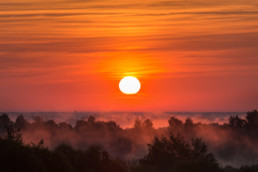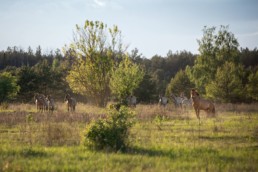Where the rare things are:
mapping habitat and improving protection of rare species in Polesia bear fruit
Good news for the wildlife of Polesia! Over the past year, 142 habitats of rare species in the Lelchycy and Stolin Districts of Belarus were put under legal protection. Their total area amounts to 6 372 hectares. Thanks to our project, 42 rare species now enjoy better protection, including mammals, birds, reptiles, insects, plants and fungi. Among them are the Greater Spotted Eagle and the Azure Tit, the Weasel and the Hazel Dormouse, the Pond Turtle and the Great Raft Spider, the Oblong-leaved Sundew and the Maitake mushroom.
Rare species of animals, plants and fungi that are endangered and subject to protection are listed in the “Red Book of Belarus”. But in order to bring their protection into effect, all individual habitats of these species must first be identified and registered. This is a complex procedure and requires the participation of a number of specialists and institutions. The identification of habitats usually happens within the frame of scientific field surveys, forest management or environmental protection actions. Sometimes also lay persons detect and report habitats, however, only qualified specialists can document them for the official registration process.
The next step is the preparation of a “habitat passport”. The passport needs to contain the name of the species, photos, description and coordinates of the location, the number of individuals, and an assessment of the overall state of the population.
Along with the passport, conservation obligations are issued. They list the necessary conservation measures and determine who is responsible for their implementation. Usually, it falls to the land user. This may be a legal entity (such as forestry), a sole proprietor or even a private person.
Passports and conservation obligations are sent to the local Inspection of Natural Resources and Environmental Protection, and then to the National Academy of Sciences for verification and approval. The agreed documents become the basis for the decision of local authorities on placing the habitats of rare species under protection. Now, conservation measures are legally justified! Their implementation is monitored by the Ministry of Natural Resources and Environmental Protection and its local offices.
What exactly needs to (or mustn’t) be done to save a rare species?
Obviously, protective measures are not the same for plants and fish, insects and fungi, reptiles and birds.
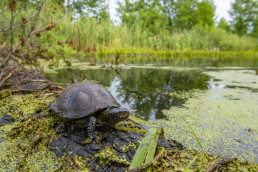
The survival of the European pond turtle (Emys оrbicularis) directly depends on the preservation of swamps and river floodplains. Where pond turtle habitats are registered, drainage for land reclamation is prohibited. Groundwork is not allowed either in order to protect eggs and young turtles. Strict regulations also apply to the management of water bodies: they mustn’t be artificially deepened and straightened, and aquatic plants may not be extracted or destroyed.
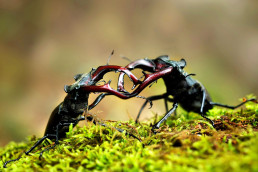
Larvae of a stag beetle (Lucanus cervus) need several years to develop during which they live on dead trees and feed on rotten wood. This is why the felling of old broad-leaved forests – especially oak-woods – the removal of dead trees and windbreak pose significant threats to this rare insect species. Cutting down old and withered trees, deploying chemicals or burning dry vegetation and logging waste are therefore forbidden in areas adjacent to stag beetle habitats.
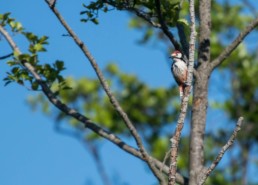
Another “Red Book” species is the white-backed woodpecker (Dendrocopos leutocos). These rare birds build their homes in rotten trees and feed on insects they find under the withered bark. Therefore, not a single tree may be felled in territories where the white-backed woodpecker is found. To avoid disturbance during the nesting season, hunting and logging are prohibited near white-backed woodpecker habitats from March 1 to July 1.
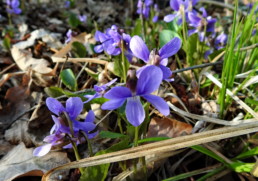
The swamp violet (Viola uliginosa) can still be found in large parts of Europe, however, numbers are declining throughout its range. Swampy terrain and seasonally flooded floodplains are optimal for this plant, so it is not surprising that in Belarus it is most often registered in the region of Polesia. In or close to swamp violet habitats drainage for land reclamation, the usage of caterpillar vehicles or any other activities that can damage or destroy the live ground cover are prohibited. Wood cutting can be carried out to a limited extent, but only if there is a stable snow cover.
We keep on searching, registering and reporting habitats of rare species of flora and fauna in Polesia to ensure their effective protection.
The top photo shows a Purple Emperor butterfly. Photo credit: Daniel Rosengren.
